Sing in the bounty of spring with tender pork laced with smoke and the sublime kick of fresh asparagus and green garlic. This dish takes ingredients traditionally saved for a sauce or side dish and incorporates them into the meat’s center in order to infuse the pork with their flavors and act as a double-tenderizer.
The spring’s flavor proliferation creates a chorus that can drown us in peas, radishes, fennel bulbs, mint sprigs, fresh onion tops and citrus still bearing, but if we step back and think carefully, we can select the right pairings that will enable each ingredient to sing its own note while mingling graciously with just a few other ingredients.
Fennel is often associated with pork because its sweet anise-like aroma accentuates the pork’s mild sweetness. Pair fennel with tender, mild asparagus and the zing and snap of green garlic, and you will have a dynamic threesome that will leave your mouth whistling and your throat humming.
Pork tenderloin and chops tend to be lean cuts, and they almost always benefit from brining 12-24 hours before cooking. While some chefs opt to heat and then cool their brines, I prefer the mild and deep flavor base that cool brine ushers forth.
If you cannot find green garlic at your local store, you can sub out with green onion or garlic cloves. While fennel seed is dramatically different from fennel bulb, if you cannot locate the bulb, try to mix in ½ teaspoon of ground fennel to the asparagus/garlic mix.
The recipe below is divided into four main process steps that you can either prepare in one day or a few days ahead of time if you have a heavy schedule (no more than 2 days ahead of time).
Brine (prepare about 12-24 hours ahead of time—24 hours is best, but if you only have 12 hours for the brine, that will do):
2 pork tenderloins (pasture-raised, about 1 pound each)
4 cups of cool water (use filtered water if you have it; if you do not have a filter, just use cool tap water)
1 garlic clove, crushed and roughly chopped
1 tablespoon lemon zest
1 teaspoon red pepper flakes
¼ teaspoon crushed black pepper
1 tablespoon fresh sage, torn or roughly chopped
1 tablespoon sea salt
1. Place all of the items above in a container large enough to hold the brine and two tenderloins (I like to use a large glass food storage container).
2. Wash the pork in cool water and put it in the brine. Make sure that the brine covers the pork. If not, try a deeper container or place a small plate on top of the meat to weigh it down.
3. Cover the container and put the brining meat in the refrigerator for about 20-24 hours.
Prepare the pork stuffing:
½ cup green garlic, roughly chopped
½ cup fennel bulb, small diced
1 cup asparagus, small diced, or sliced to match the fennel’s small dice
1 teaspoon lemon zest
1 tablespoon extra virgin olive oil
½ teaspoon red pepper flakes
salt, about ¼ teaspoon or to taste
a sprinkle or two grinds of fresh black pepper
1. Place the olive oil, green garlic, and fennel in a medium fry pan with the salt and red and black pepper. Slowly heat the mixture up until it sizzles and cook it for about 3-4 minutes.
2. After the mixture just starts to become tender and slightly cooked, add in the asparagus and lemon zest, and cook for another 2-3 minutes. Do not overcook the asparagus or other vegetables—you want them al dente because they will continue to cook a little bit as you cook the tenderloins.
3. Once the vegetables are al dente, pull the pan from the heat and set the mixture aside to cool.
Wrapped and stuff the tenderloins:
About 12, 10”strings of butchers twine
1 pound uncured bacon
1. Take the loins out of the brine and place them on a plate covered in paper towels. Let the loins dry as you prepare the string and bacon.
2. Once the loins have drained for about five minutes, cut each loin in half length-wise to open the loins up but not cut straight through them (about ¼-1/2 inch of flesh should be left intact so that you can close up the stuffing in the loins).
3. On a sheet tray or large plate, place 6 slices of bacon (you might need more slices or fewer slices; aim for the number of slices that will cover the size of the pork loins).
4. Place the loins on top of the bacon slices, so that the open sides of the loins face up. Spoon the asparagus-fennel-garlic mixture inside each loin in thick lines—you should use most of the mixture, but do not overstuff the loins or the stuffing might fall out.
5. Carefully roll the loins around the bacon slices so that the stuffing and openings are sealed.
6. Tie the butchers’twine around the middle of the bacon slices that wrap around the loins. If you have extra string hanging out of the meat, trim it with scissors.
Cook the tenderloins:
For this step you will need 1 tablespoon olive oil or grape seed oil
1. Pre-heat an oven to 375 degrees Fahrenheit
2. Heat a large fry pan up to medium, add in the oil, swirl it around, and gently place the loins in the pan.
3. Cook the loins on medium heat and turn them occasionally until each side browns. Once the bacon is brown, place the pork in the oven. How long you cook the loins will depend on their thickness and your desired doneness. I prefer medium-well pork loin, and generally that takes 9-12 minutes to achieve. If you like pork more well done, cook it for 12-15 minutes.
4. Once the pork is cooked, take it out of the oven and pan, and allow it to rest for 8-10 minutes.
5. Once the pork has rested, place it on a cutting board, and cut it in 1-inch slices. Cut the strings carefully with your knife and pull them from the bacon without ripping the bacon away from the loins.
6. Place the tenderloin slices on a platter or on individual plates, and serve with a spoonful or two of olive tapenade or salsa verde.*
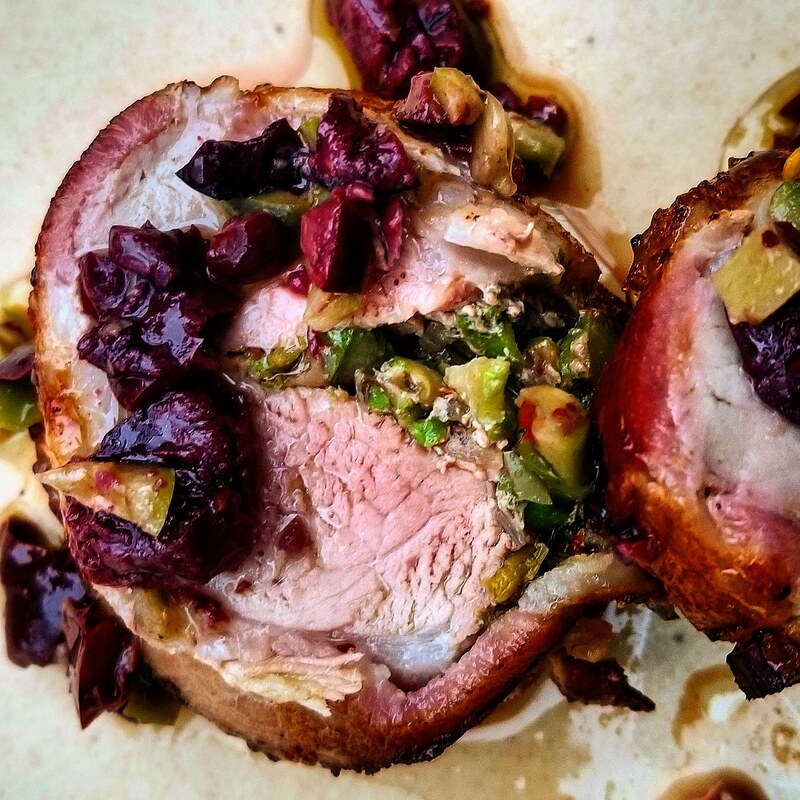

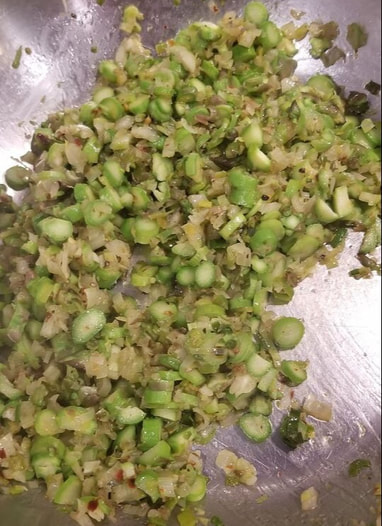
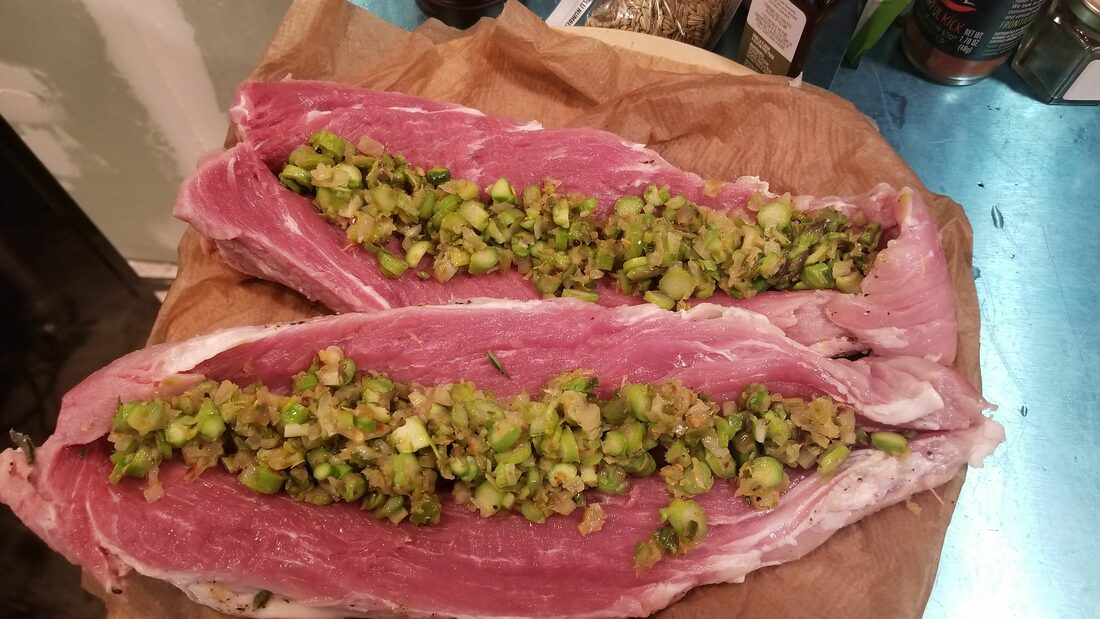
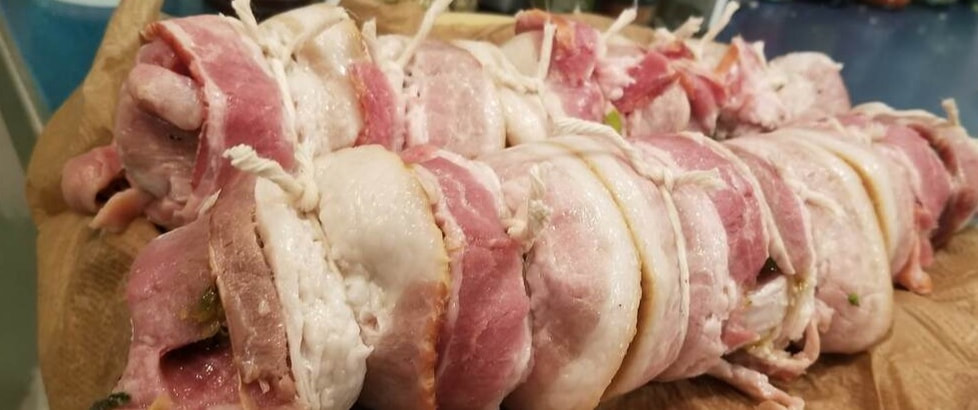
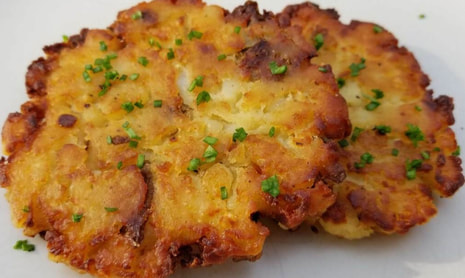

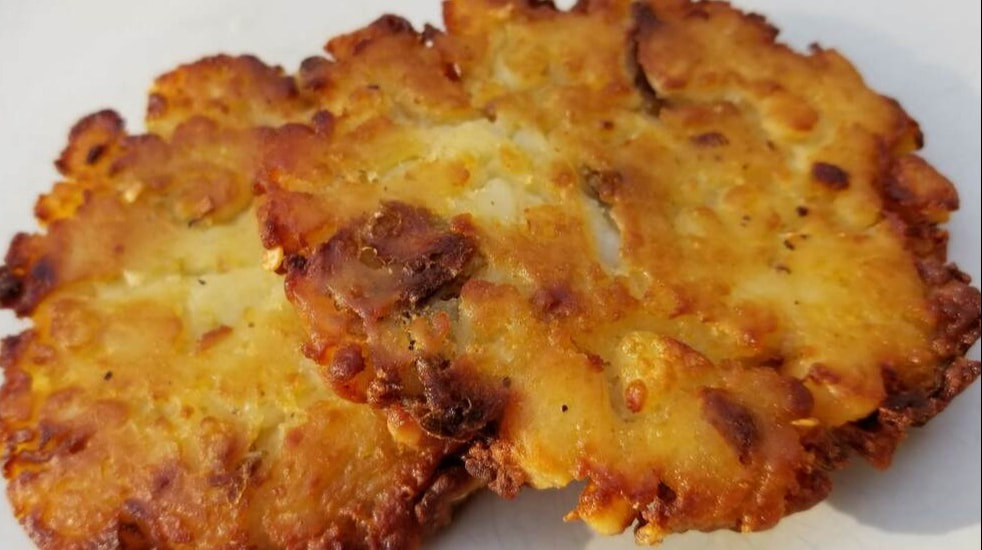


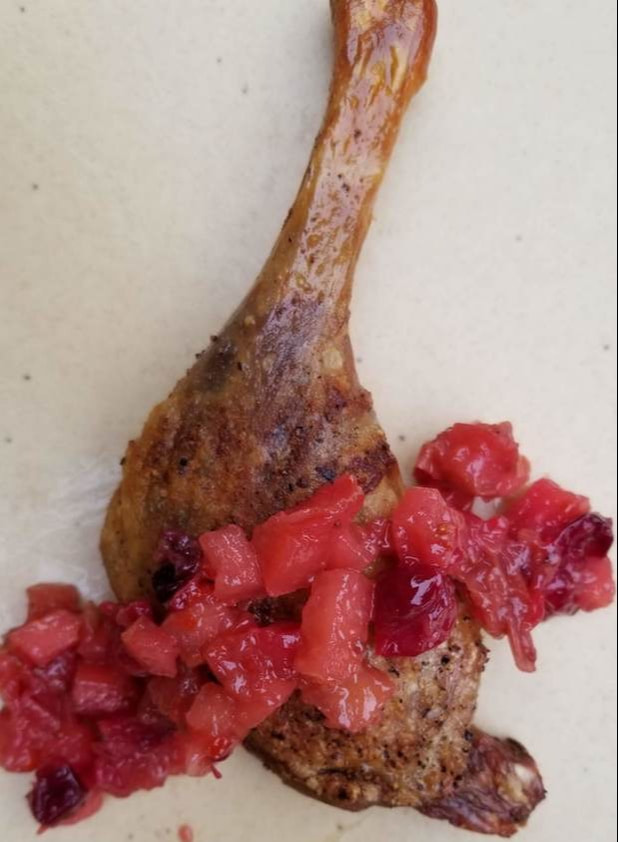
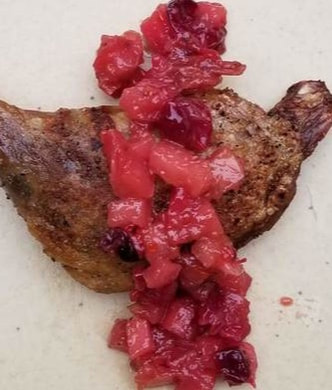
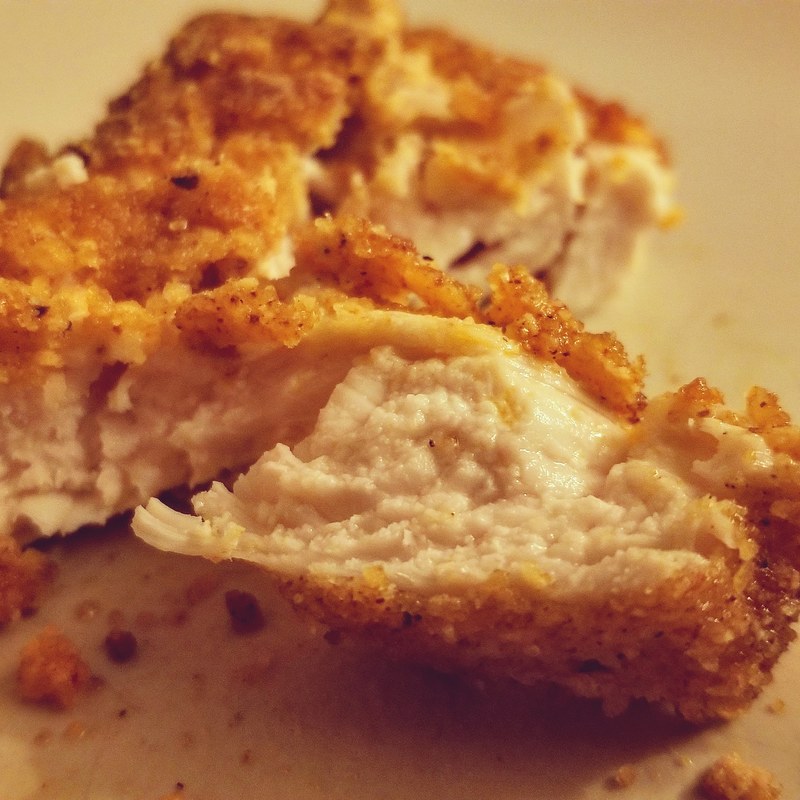
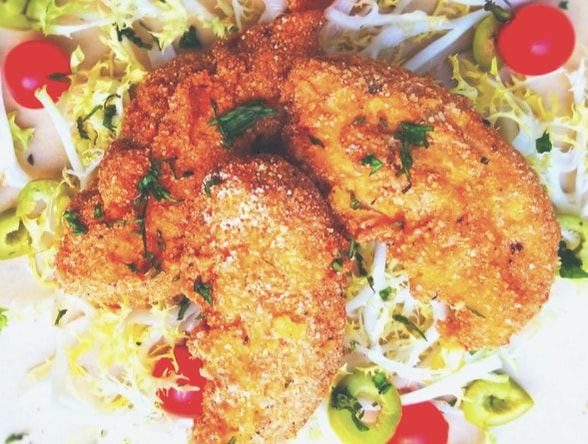
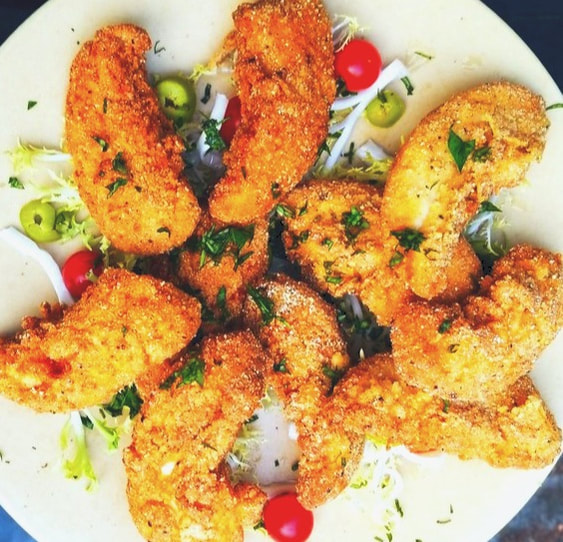
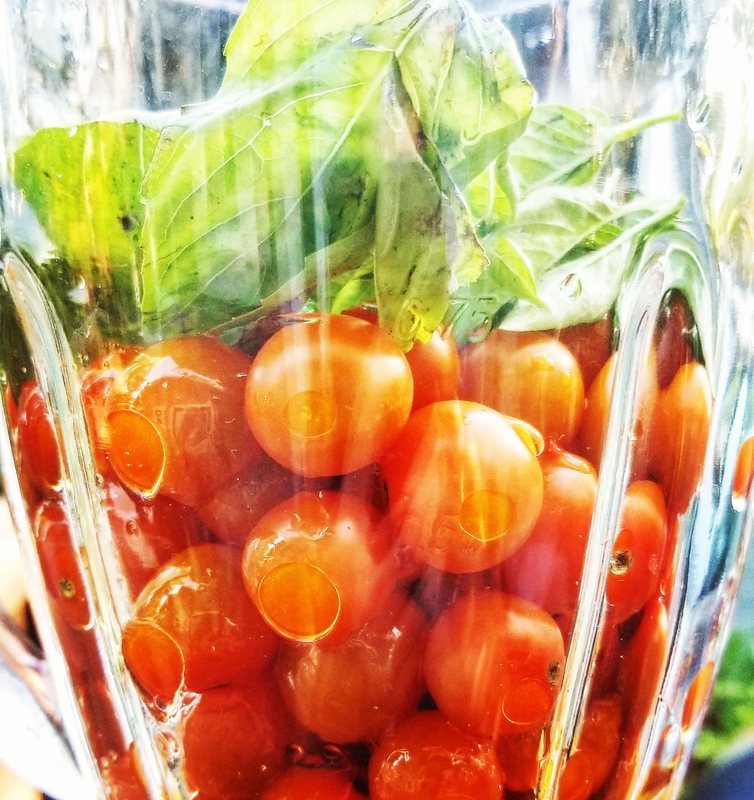
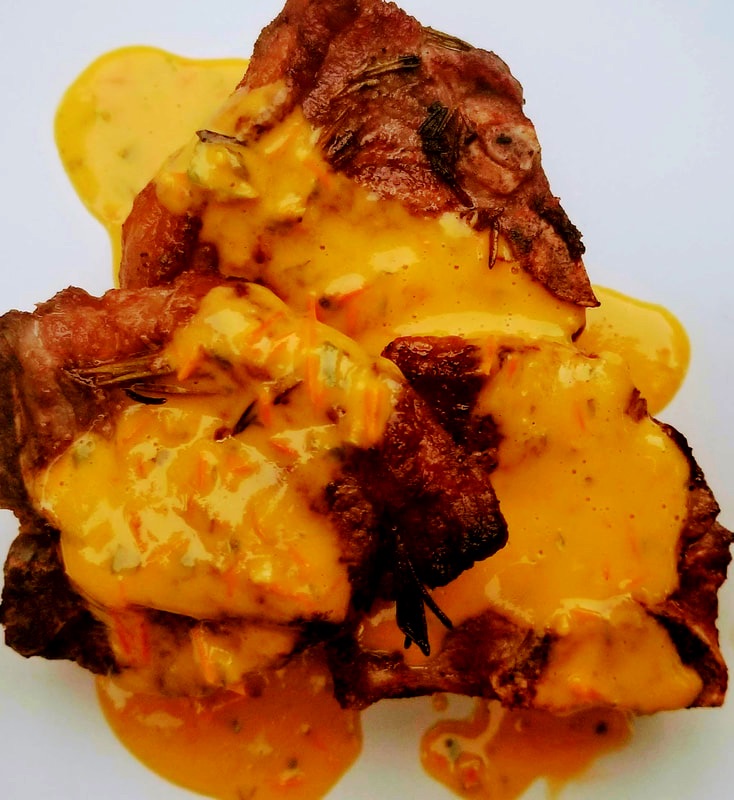
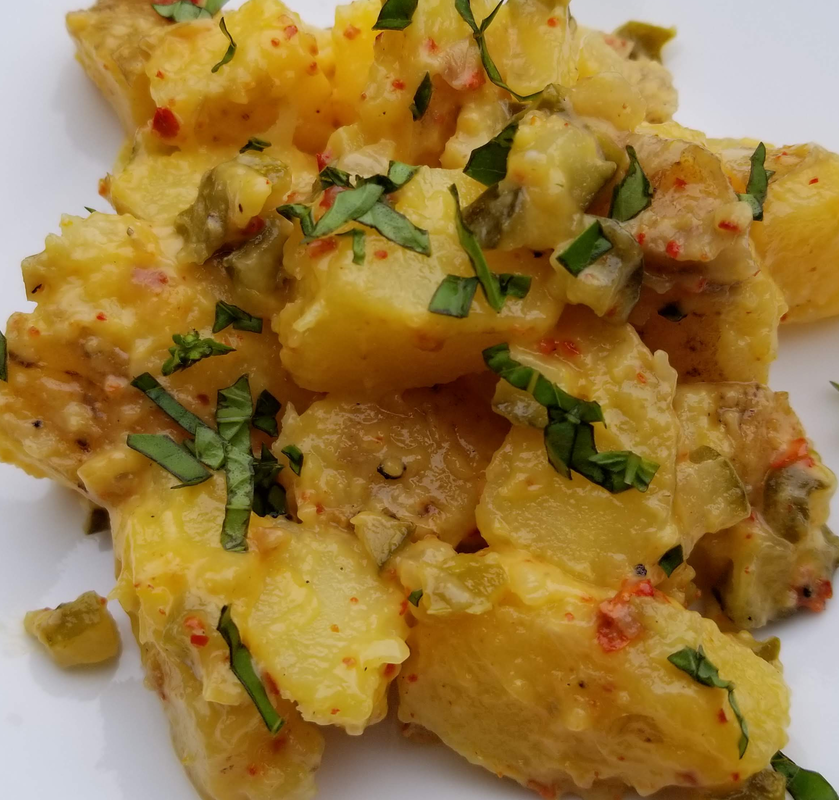
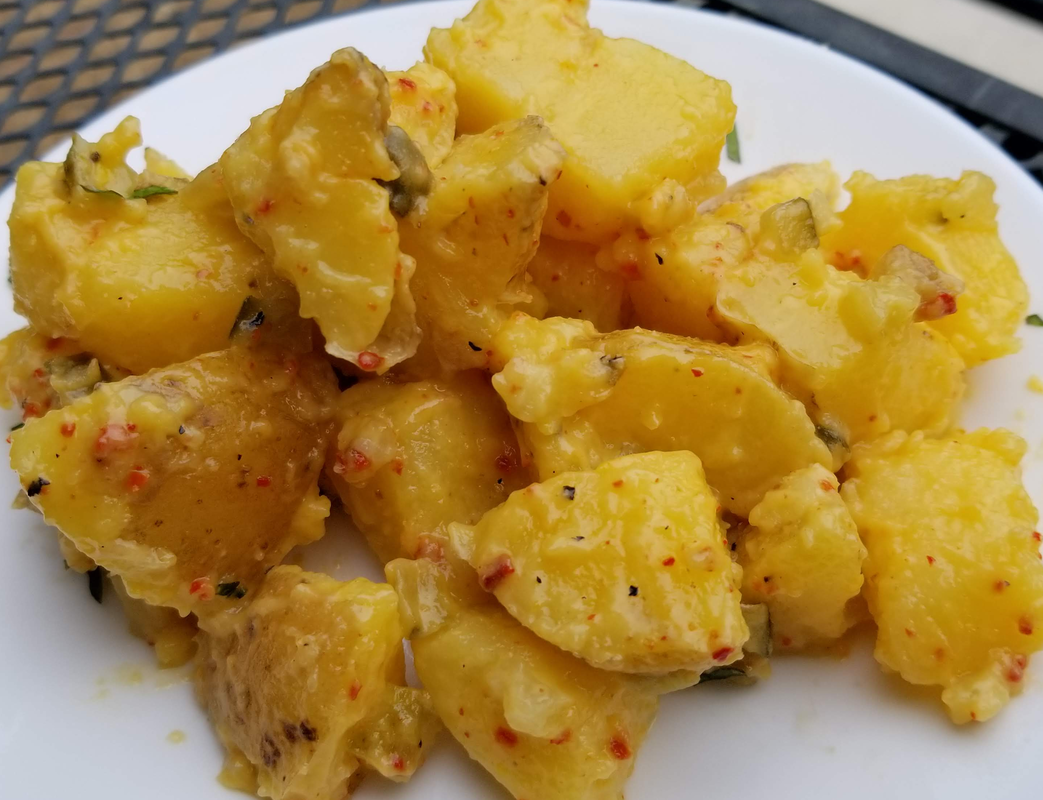
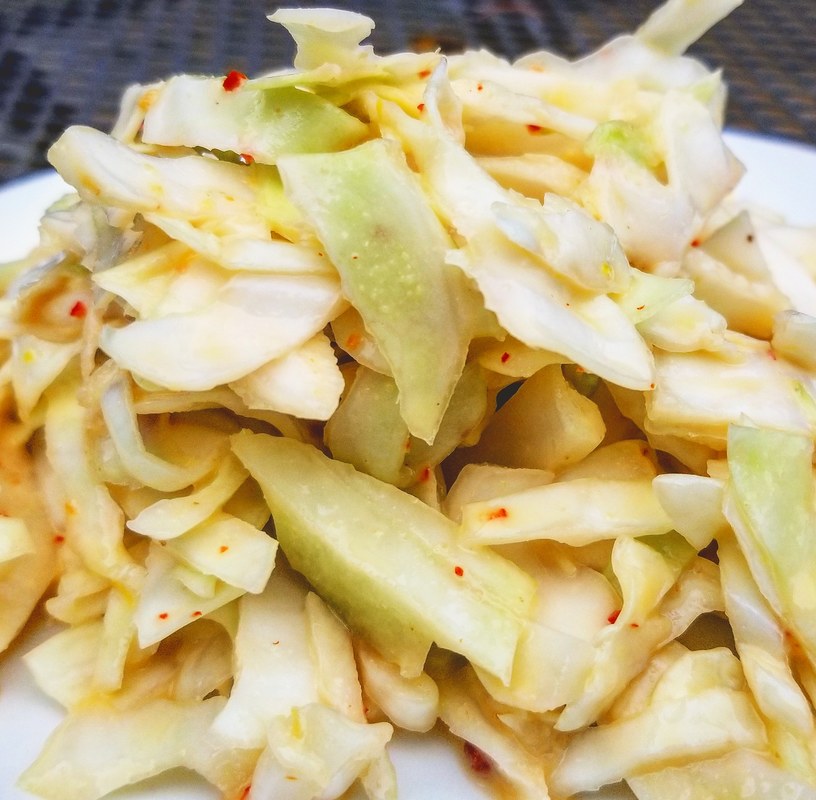
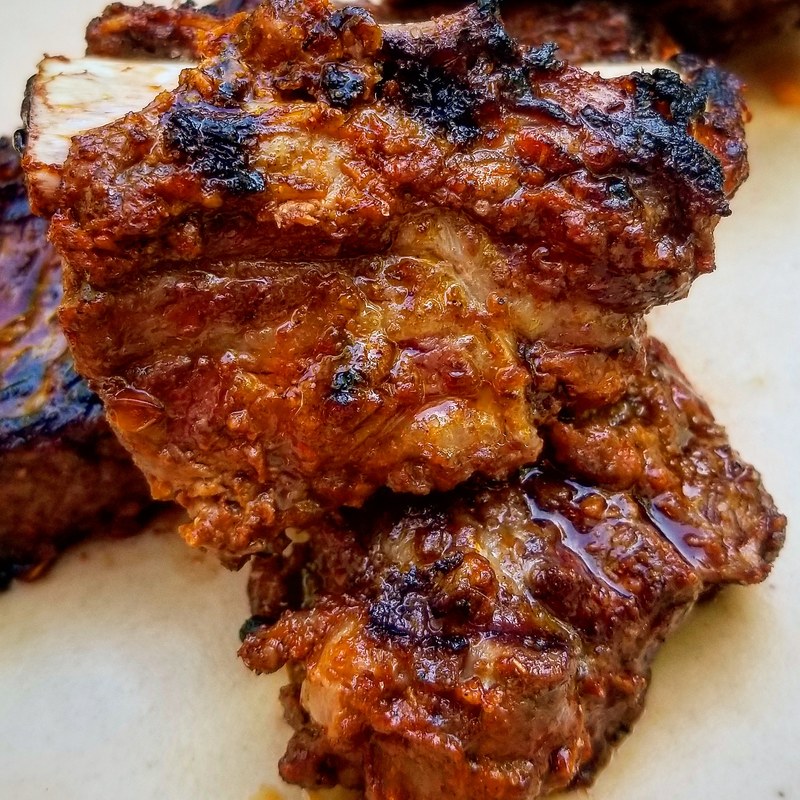
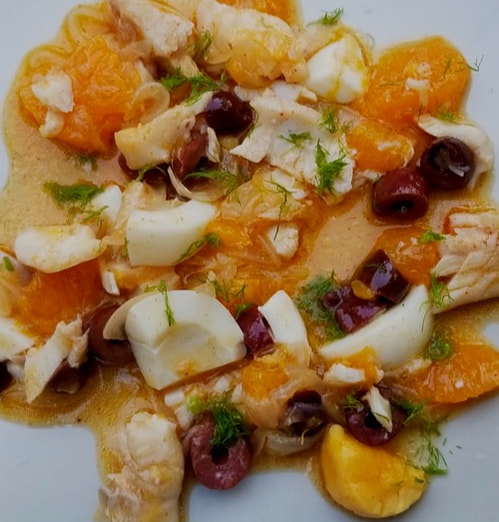
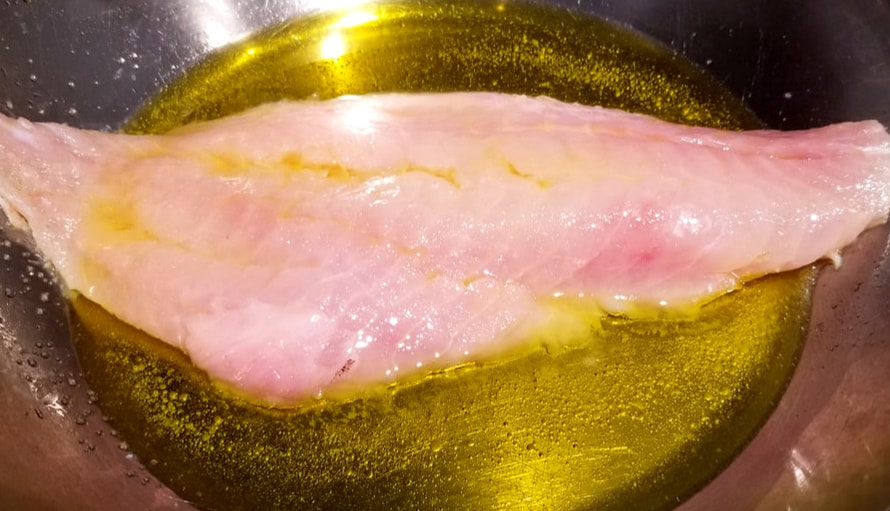
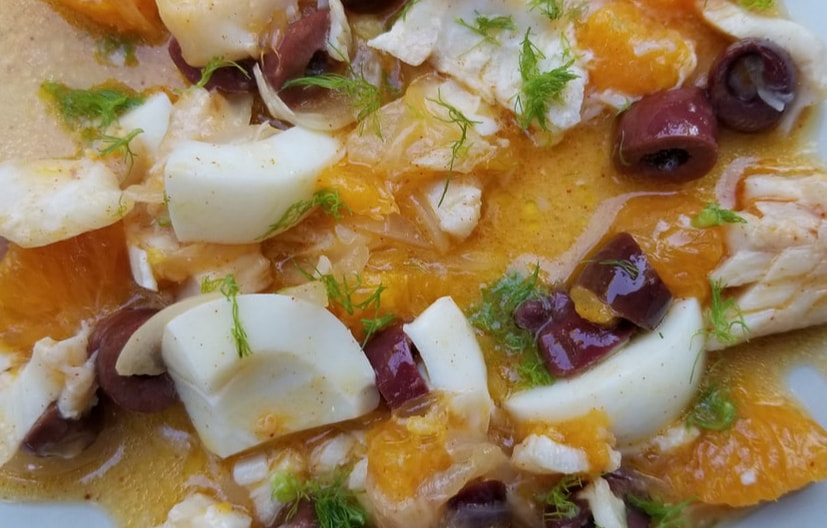
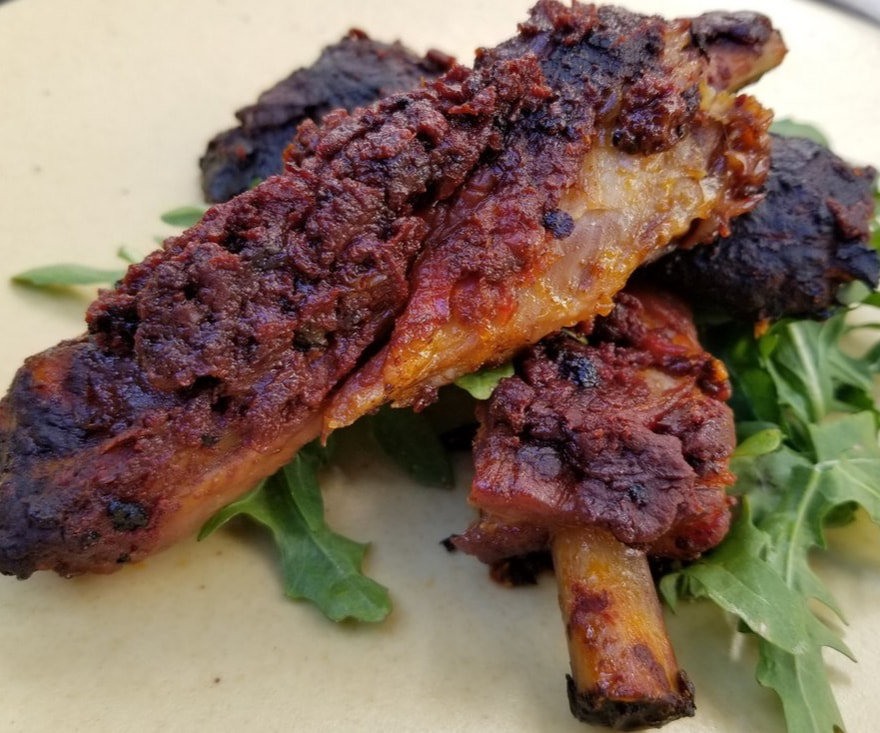
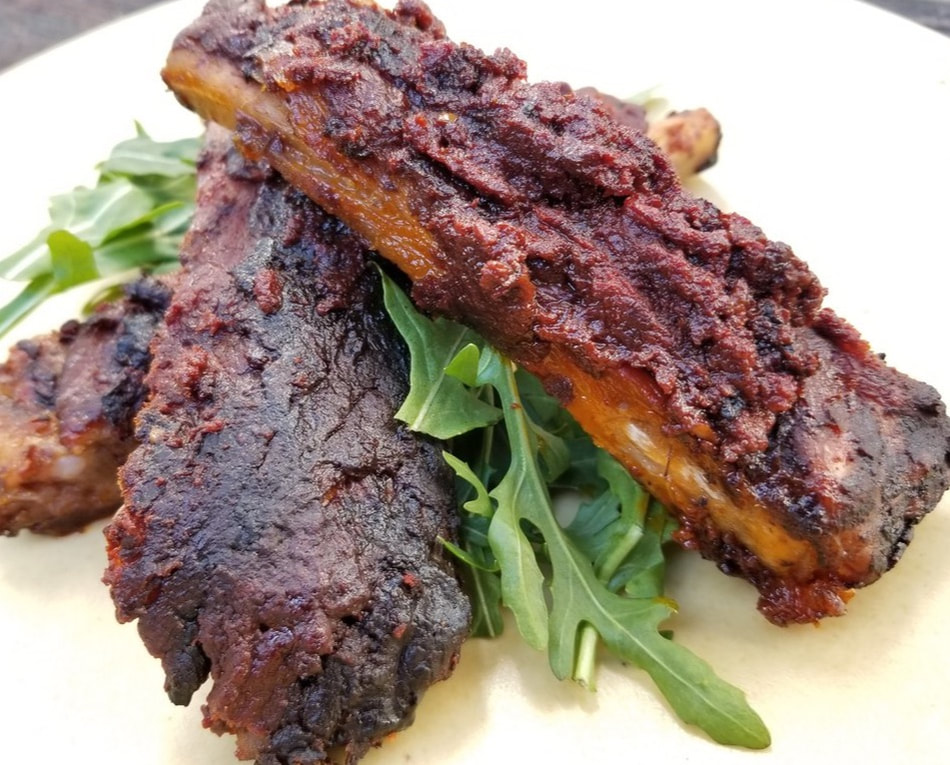
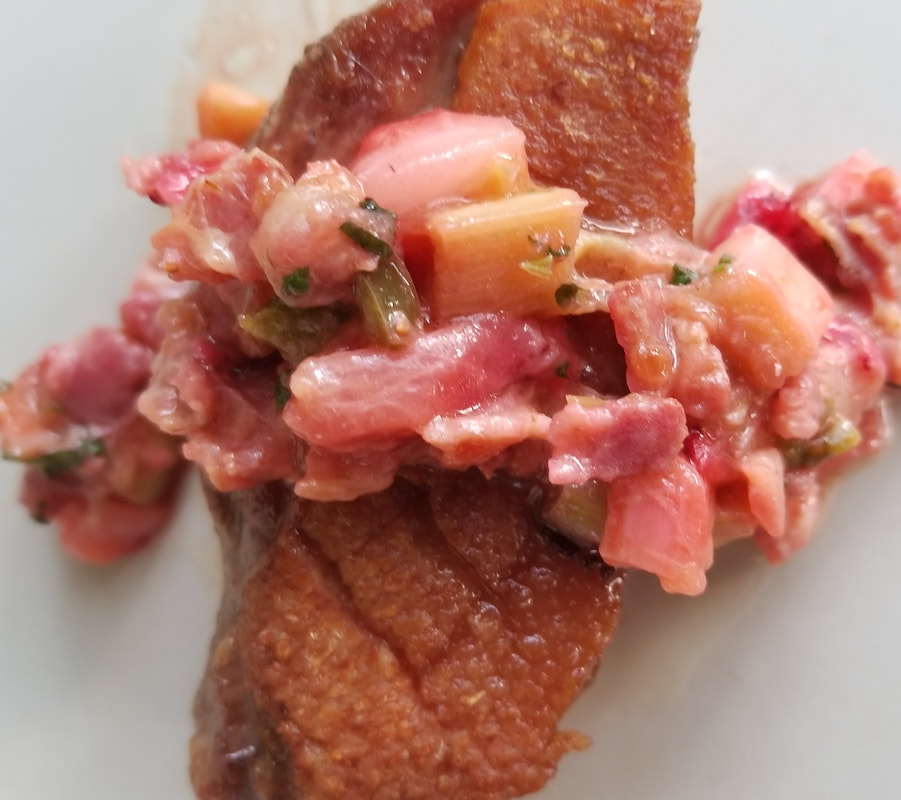
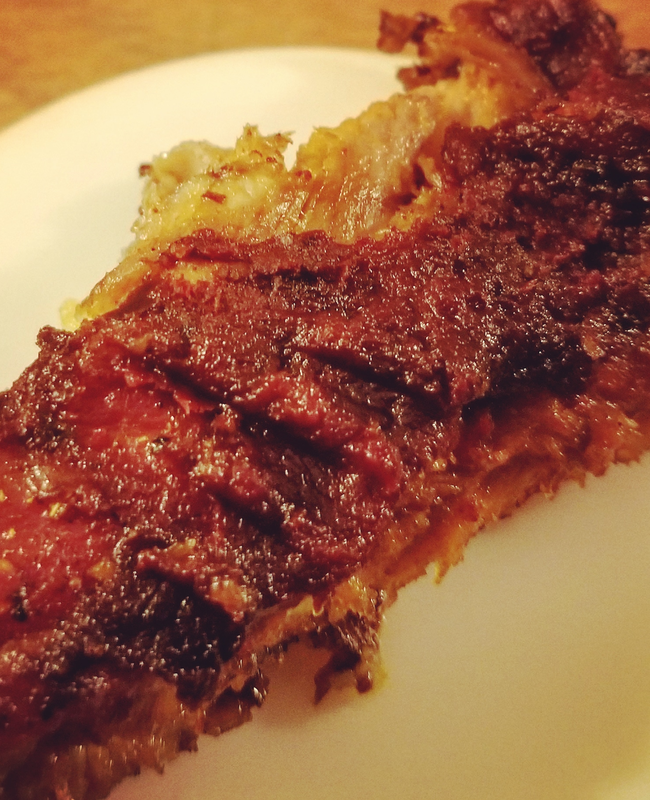
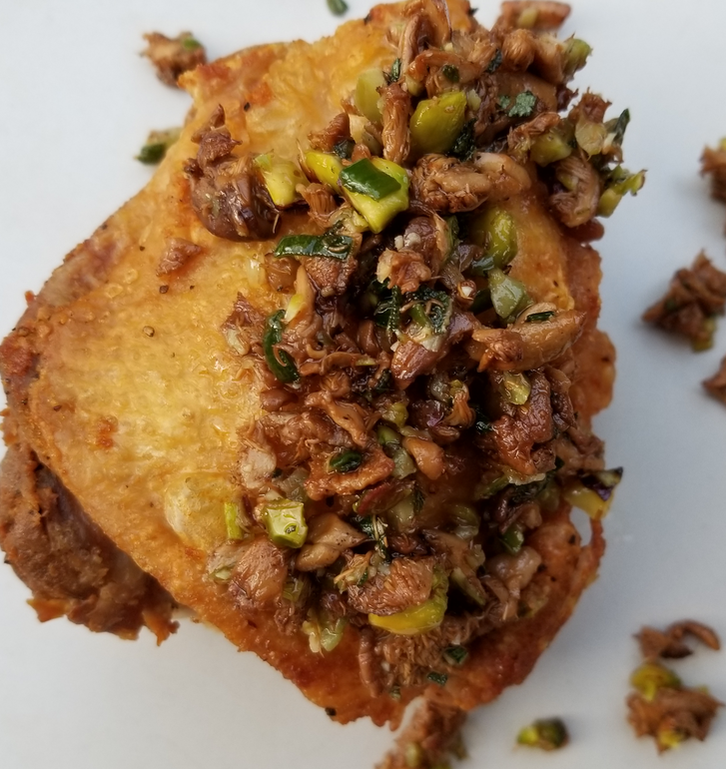
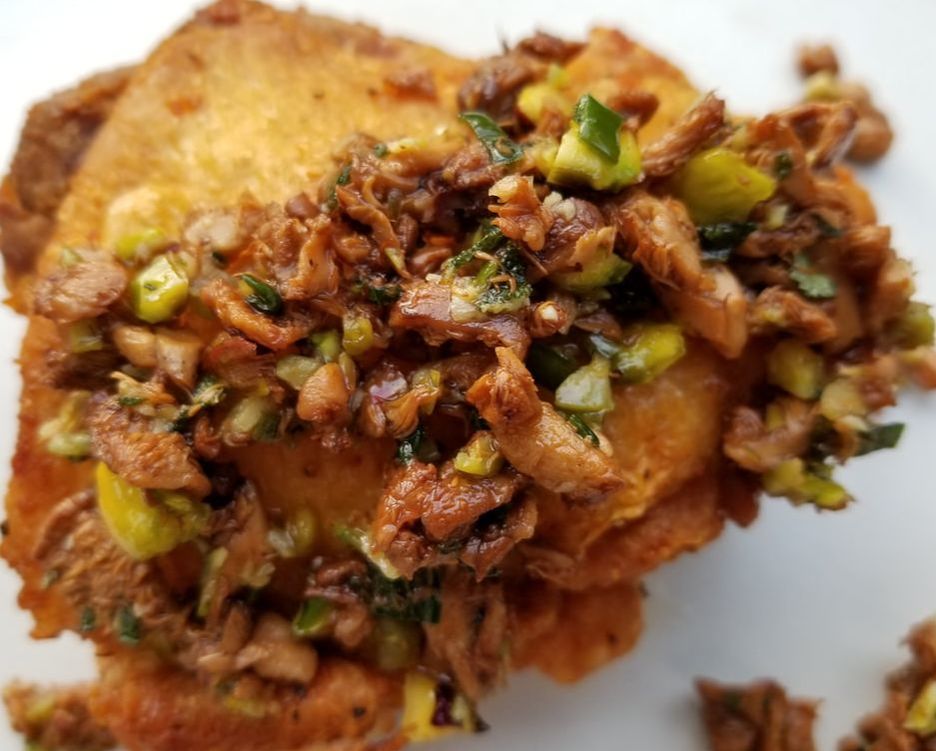
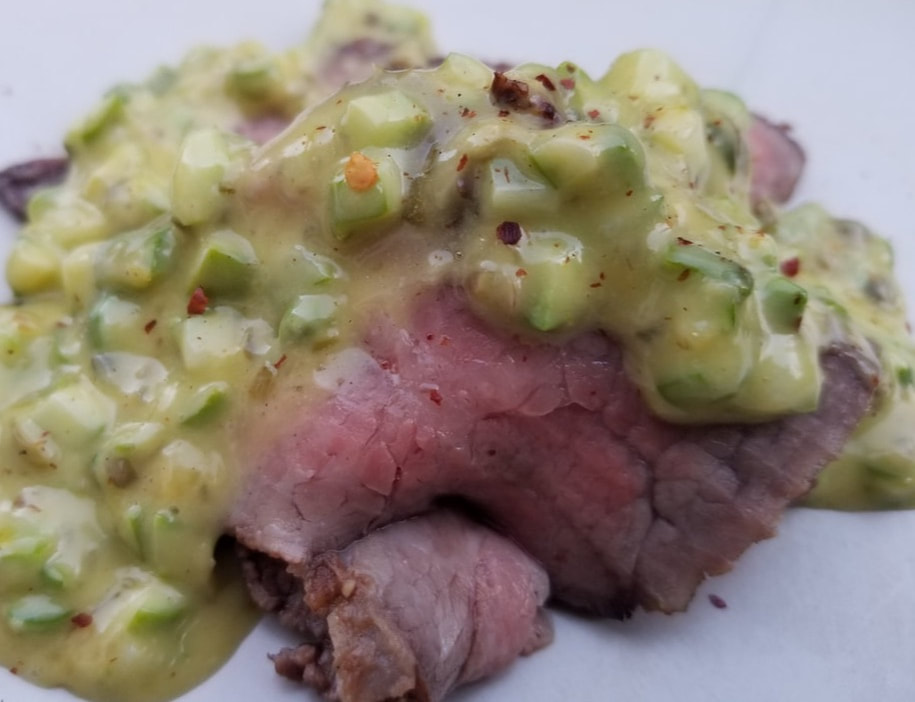
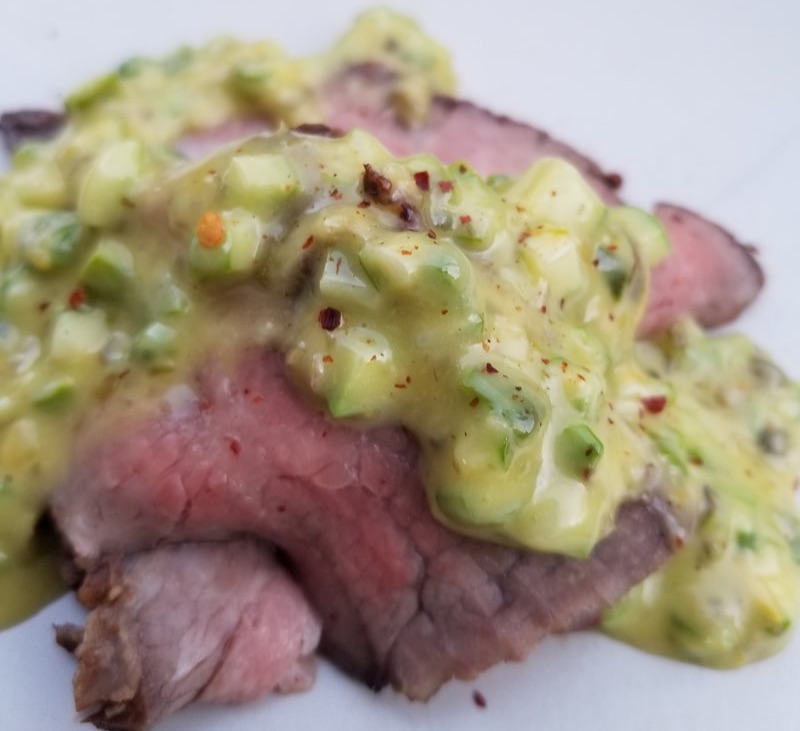
 RSS Feed
RSS Feed